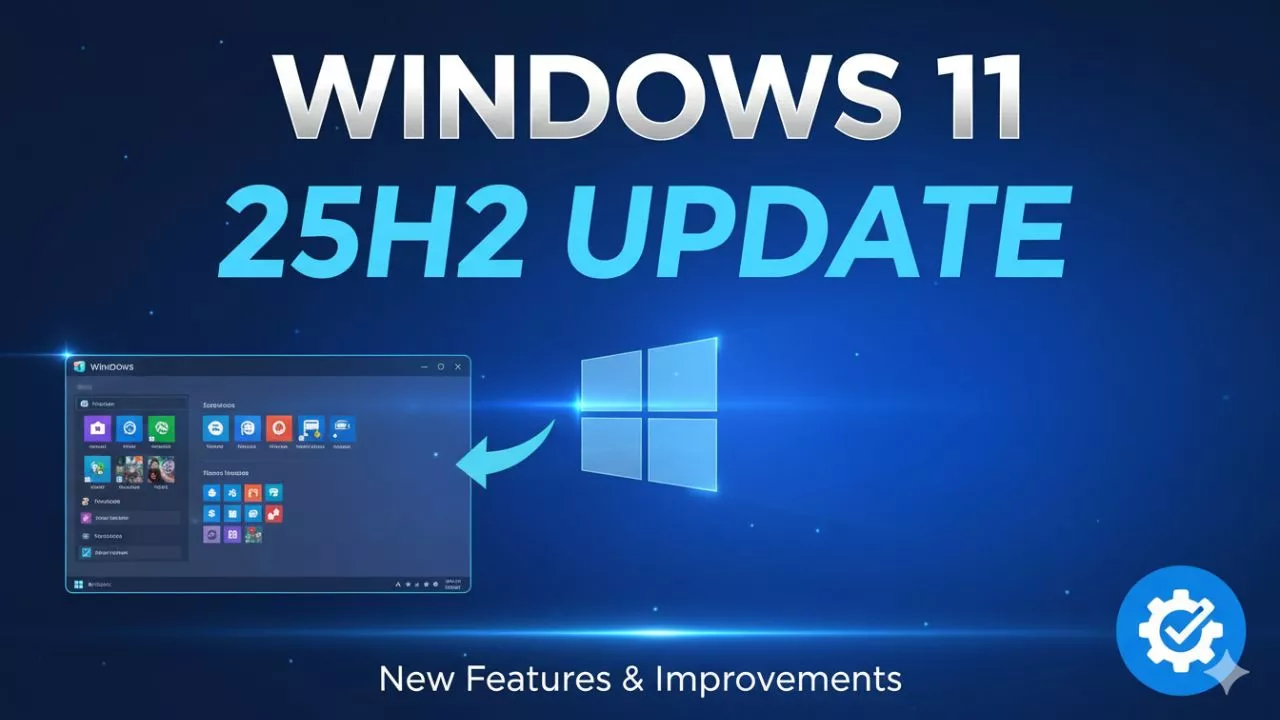If you’re creating content and doing SEO for your website, you’ve probably noticed Google’s new features like AI Overviews and Search Generative Experience (SGE). These updates show that Google no longer just matches keywords — it now understands context, analyzes search intent, and even generates AI-powered answers.
Recently, Koray Tuğberk Gübür, a Semantic SEO expert, wrote a highly technical piece on how Google uses AI models to interpret search queries (original post linked). I’ve read it and here’s my simplified, practical breakdown — perfect for anyone who writes SEO content like I do.
How Is Google Using AI in Search?
Google is no longer keyword-obsessed. It’s using Large Language Models (LLMs) — like ChatGPT or Google PaLM — to better understand the intent behind a query.
It also applies a technique called passage ranking, which means Google doesn’t just assess your entire article — it evaluates individual paragraphs to find the most relevant parts for a query.
To do this, Google creates something called a context vector.
What Is a Context Vector (and Why Should You Care)?
Simply put:
A context vector is how Google interprets the multiple layers of meaning behind a search query.
In other words, it helps Google (and LLMs) understand a query beyond literal keywords — by grasping the surrounding context and nuances.
Note: Don’t confuse this with “query fan-out” techniques — they are completely different (see diagrams 3 & 4 for reference).
Example:
If someone searches for:
“Signs of allergic rhinitis”,
Google doesn’t just recognize it as a disease — it breaks it down into multiple sub-contexts, such as:
-
Common symptoms (e.g. sneezing, runny nose)
-
Eye-related symptoms (e.g. itchy, red eyes)
-
Environmental triggers (e.g. pollen, fine dust)
-
Regional variations (e.g. spring in Northern Vietnam, pollen in Southern provinces)
Each of these is a separate context vector.
👉 So when you write content, covering multiple angles of the topic helps Google surface your article — even if the user’s query isn’t an exact match to your wording.
How Does Google Handle Queries in “AI Mode”?
Based on Koray’s breakdown, here’s what happens:
-
Google receives the user query and generates context vectors to understand it from multiple perspectives.
-
It creates follow-up questions based on the original query.
For example:
From “air purifier for allergy sufferers”, Google might generate:-
“Which purifier is best for dust allergies?”
-
“What works well for pollen?”
-
“What’s the best model for a 20m² room?”
-
-
Google then uses these questions to:
-
Rank the most relevant passages in indexed articles
-
Or generate an AI answer if no good passage exists
-
So How Should You Write to Get Google’s Attention?
✅ Don’t just write for keywords — write for search context.
If you’re targeting “best air purifiers for allergy sufferers”, don’t just repeat the phrase. Instead, expand your article with subtopics like:
-
Dust allergies in cities like Hanoi during dry seasons
-
Pollen allergies in places like Da Lat in spring
-
Why HEPA filters and quiet modes help kids and elderly
-
Matching room size to purifier power
-
Whether negative ions help with allergies
👉 This is how you write using multiple context vectors, just like Google does.
How Does Google “Read” Your Content?
According to patents referenced by Koray, Google doesn’t just look for keyword matches — it uses AI to measure semantic closeness between the search query and your content.
Example:
Query:
“Dust allergy in Hanoi”
Your content:
“Air pollution from PM2.5 particles in Hanoi causes sneezing and itchy eyes for many residents.”
✅ Even if your text doesn’t use the exact phrase “dust allergy”, Google understands it’s semantically relevant.
Key Takeaways for SEO Writing in the AI Era
-
Understand what the user really needs, not just what they type
-
Where do they live?
-
What age group are they in?
-
Do they have underlying health conditions?
-
-
Expand your content across multiple angles (context vectors)
-
For every keyword, ask yourself: what other related scenarios could this apply to?
-
-
Write clear, in-depth paragraphs
-
Avoid copy-pasting or keyword stuffing
-
Show you truly understand the reader’s problem
-
-
Connect main keywords to related attributes
-
From “allergy” → branch out to: fine dust, pollen, HEPA filters, room humidity, negative ions…
-
Final Thoughts: Don’t Write Like a Robot — Write Like a Context-Aware Storyteller
Google has evolved from “scanning keywords” to truly understanding meaning and search intent (Semantic Search). If you’re still stuffing keywords, you’ll be left behind.
Instead, write like an AI system:
-
Understand the user’s situation
-
Anticipate related questions
-
Craft content that feels like a thoughtful, helpful answer
This isn’t a short-term SEO trick — it’s a sustainable mindset for writing content in the era of AI and semantic search. Koray isn’t just analyzing Google — he’s showing us how to think like Google.
So start with the basics:
Understand your reader, then expand the context around what they care about.
That’s how you create content that matters — to both users and Google.

Hi, I’m Nghia Vo: a computer hardware graduate, passionate PC hardware blogger, and entrepreneur with extensive hands-on experience building and upgrading computers for gaming, productivity, and business operations.
As the founder of Vonebuy.com, a verified ecommerce store under Vietnam’s Ministry of Industry and Trade, I combine my technical knowledge with real-world business applications to help users make confident decisions.
I specialize in no-nonsense guides on RAM overclocking, motherboard compatibility, SSD upgrades, and honest product reviews sharing everything I’ve tested and implemented for my customers and readers.







